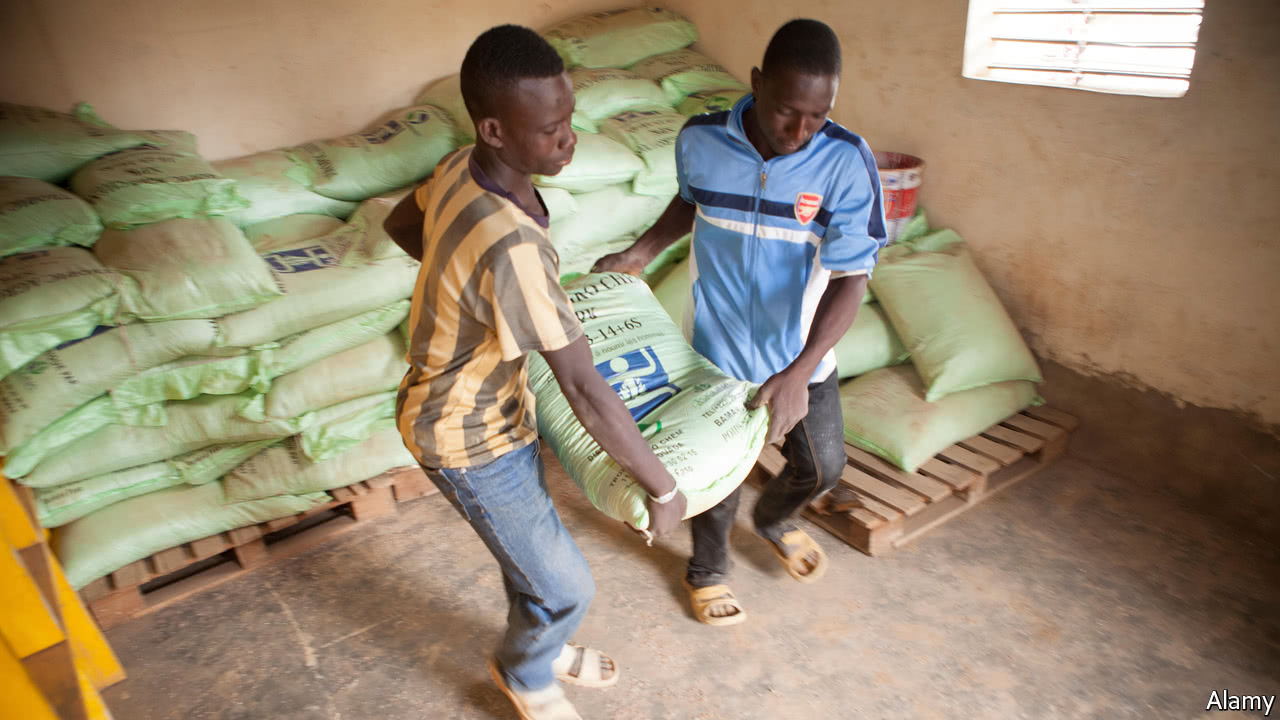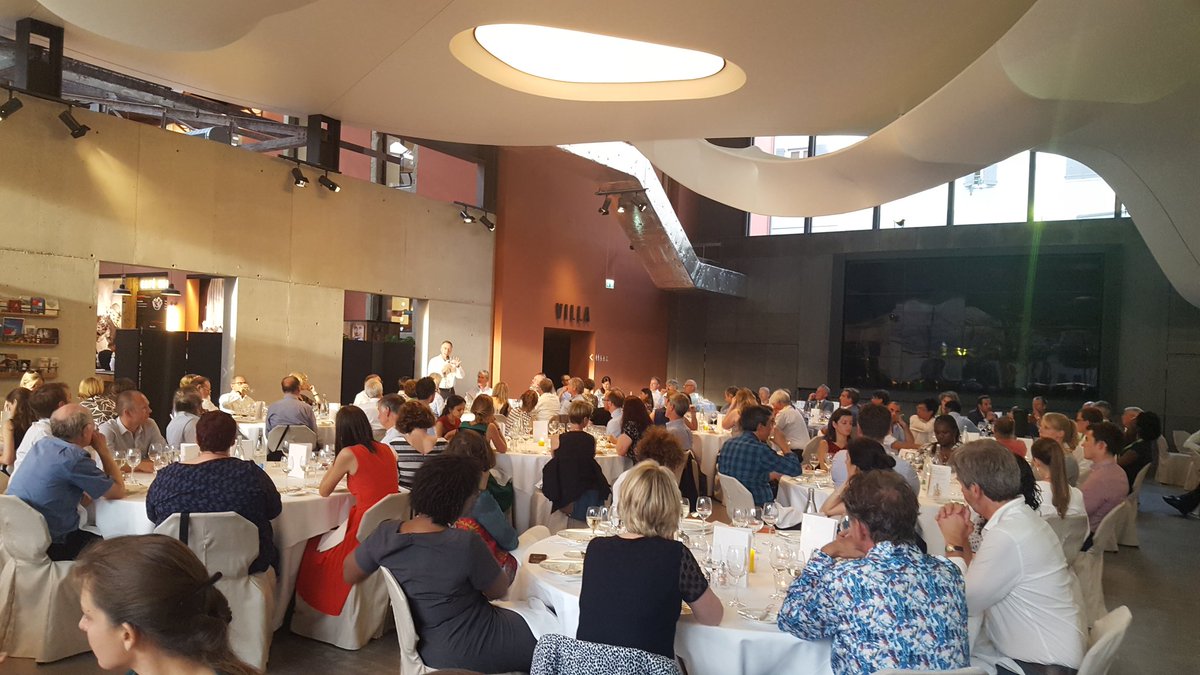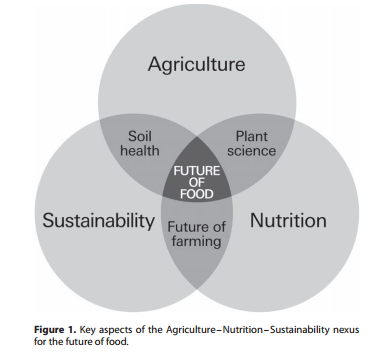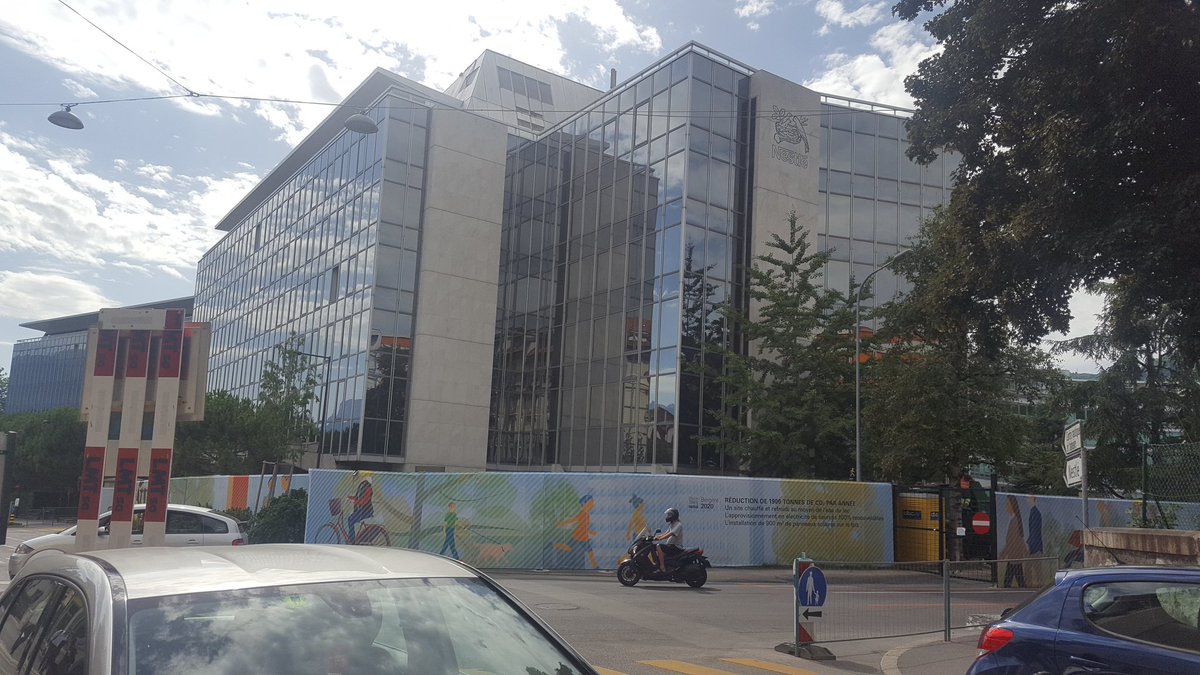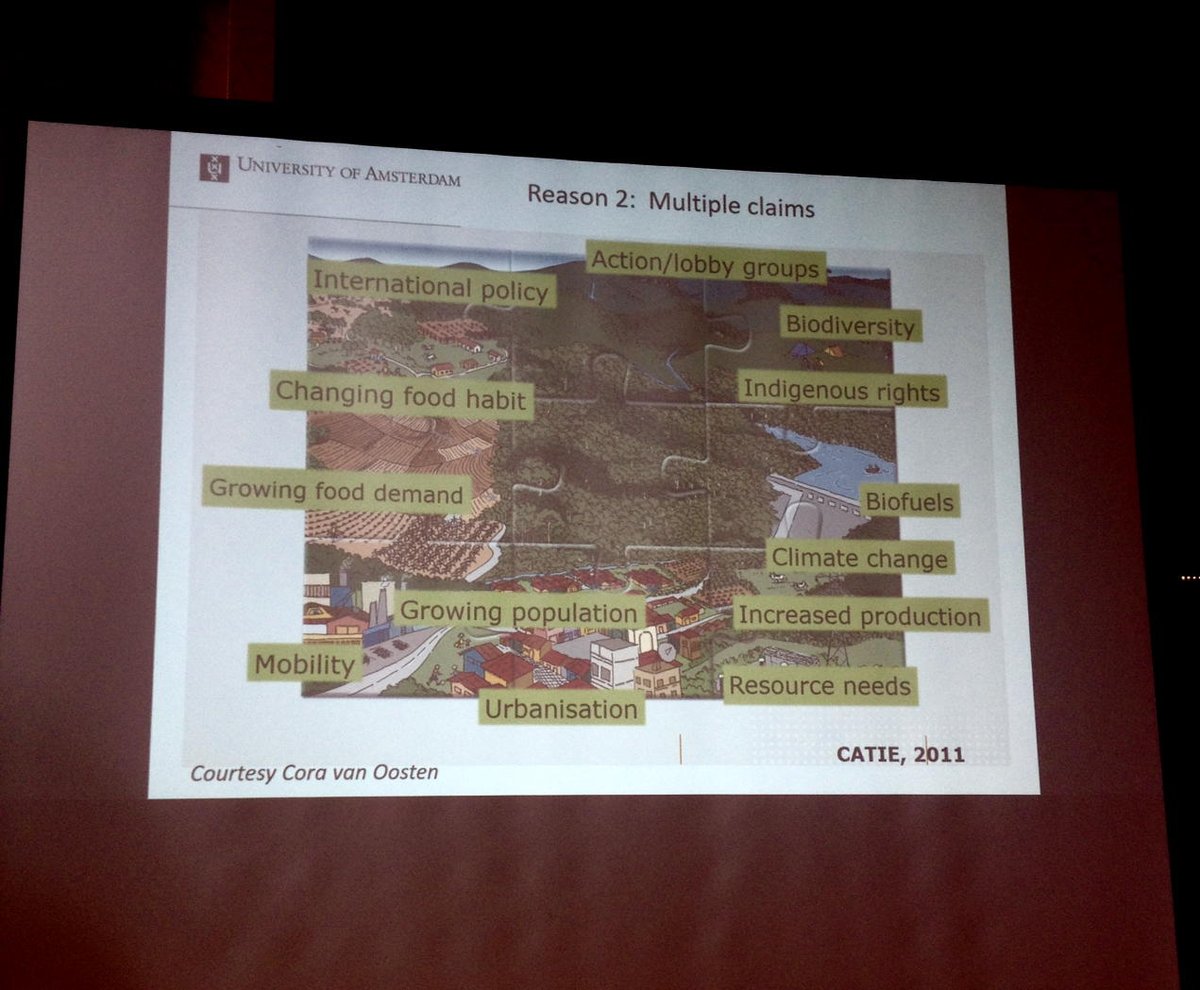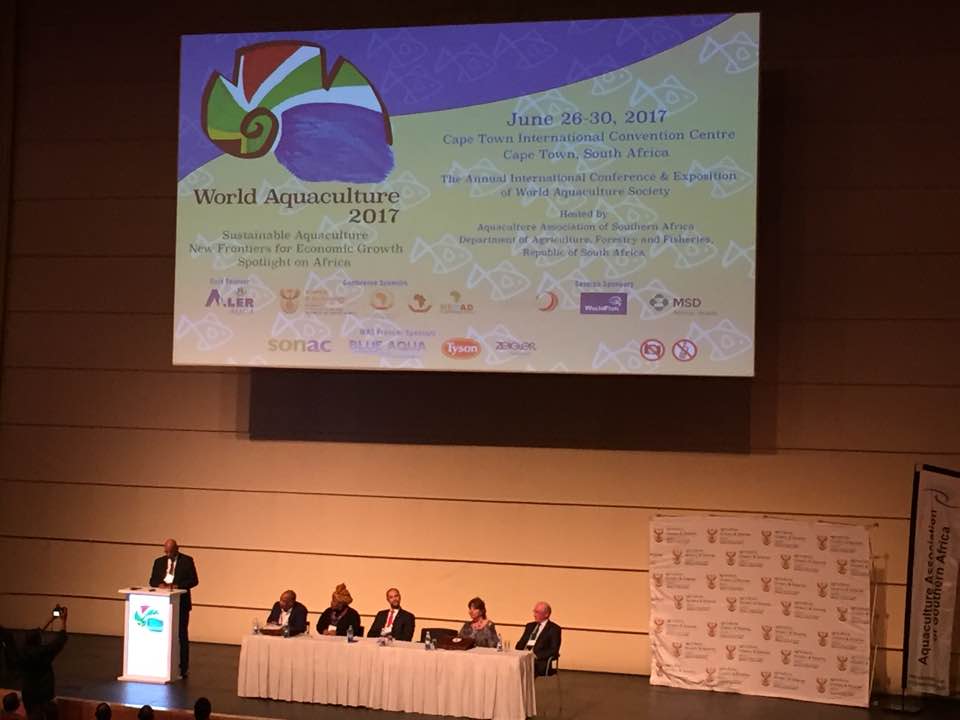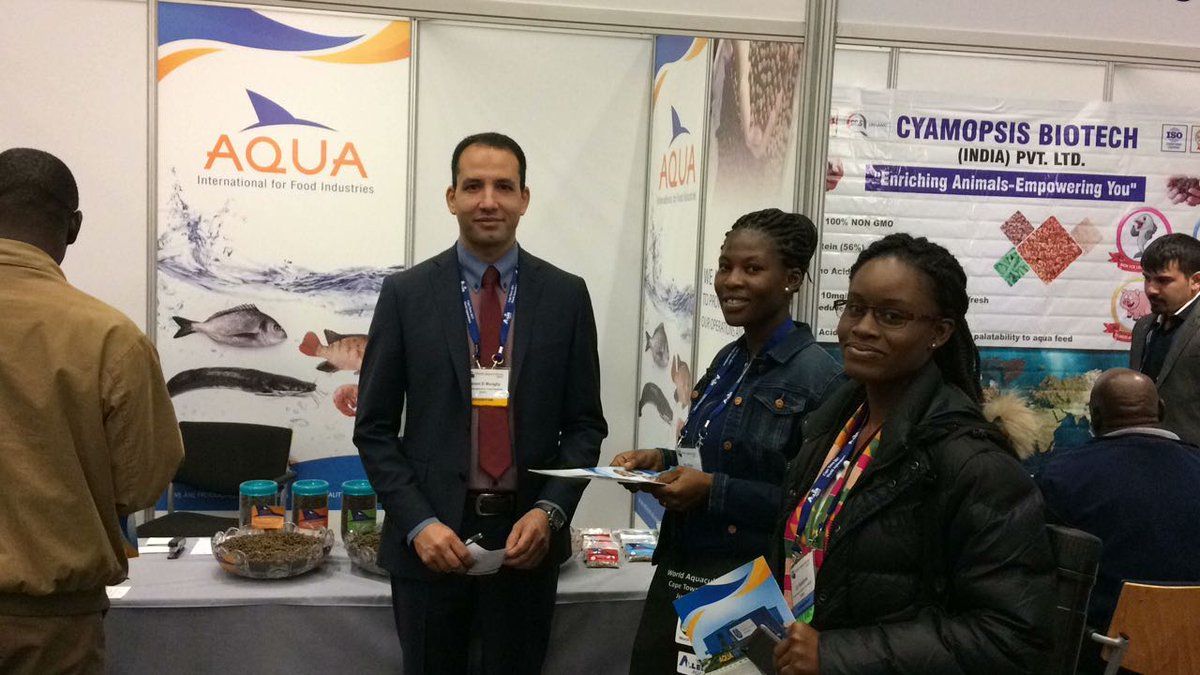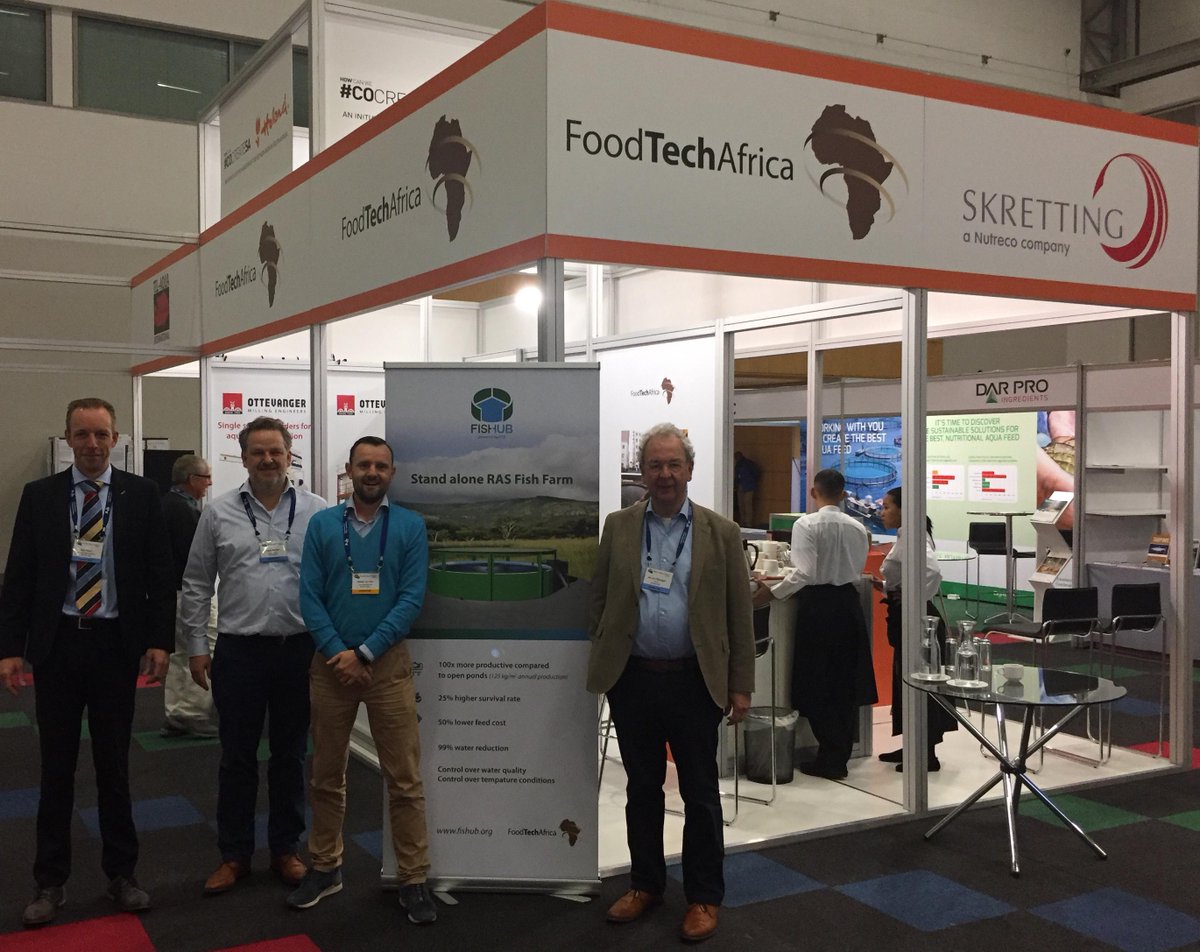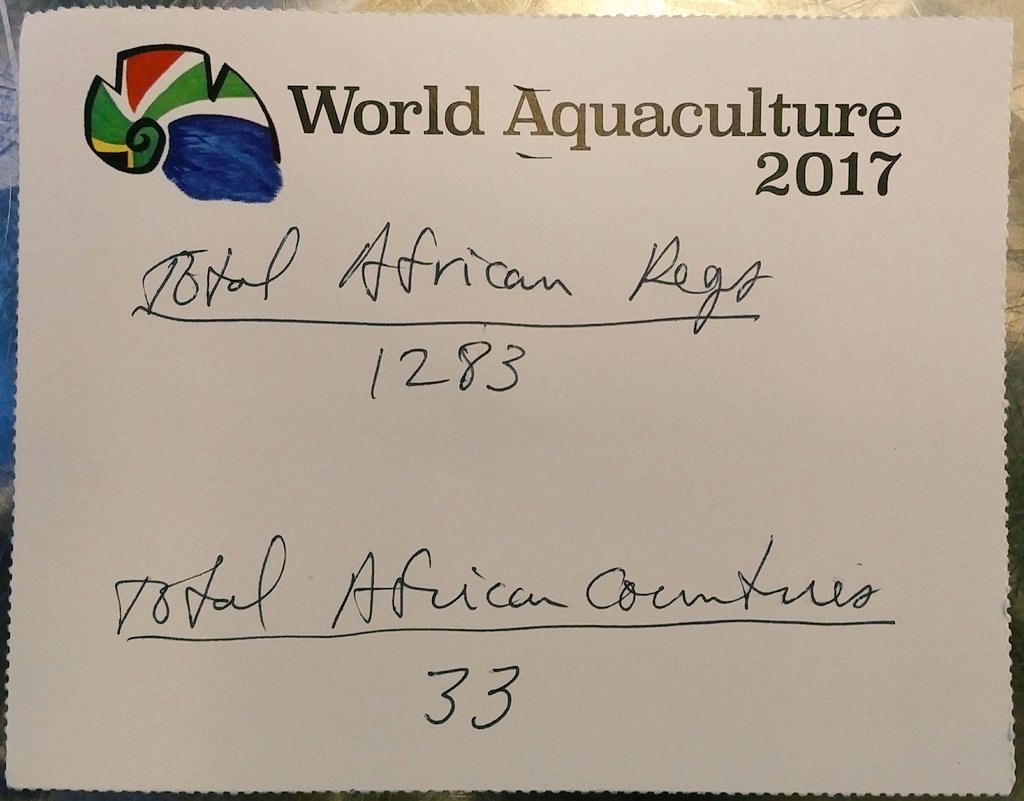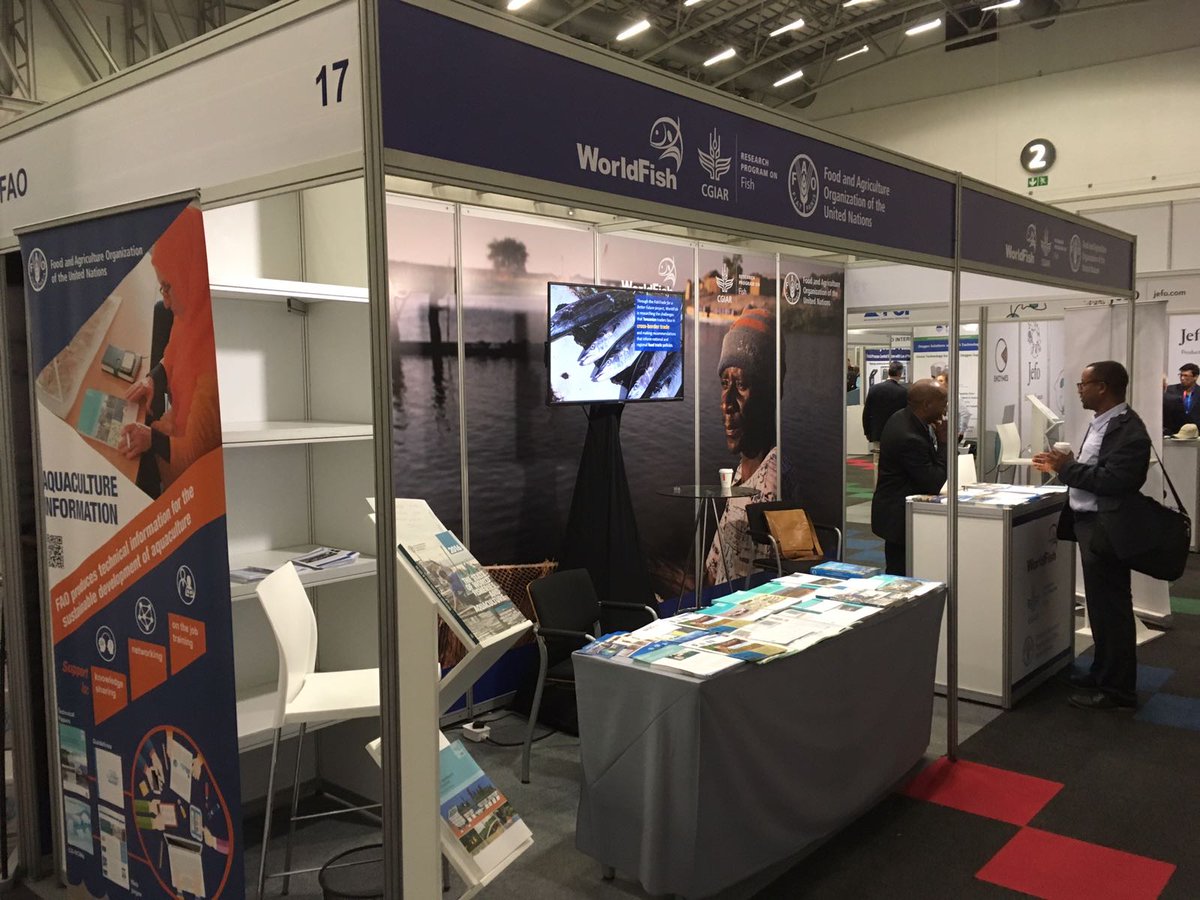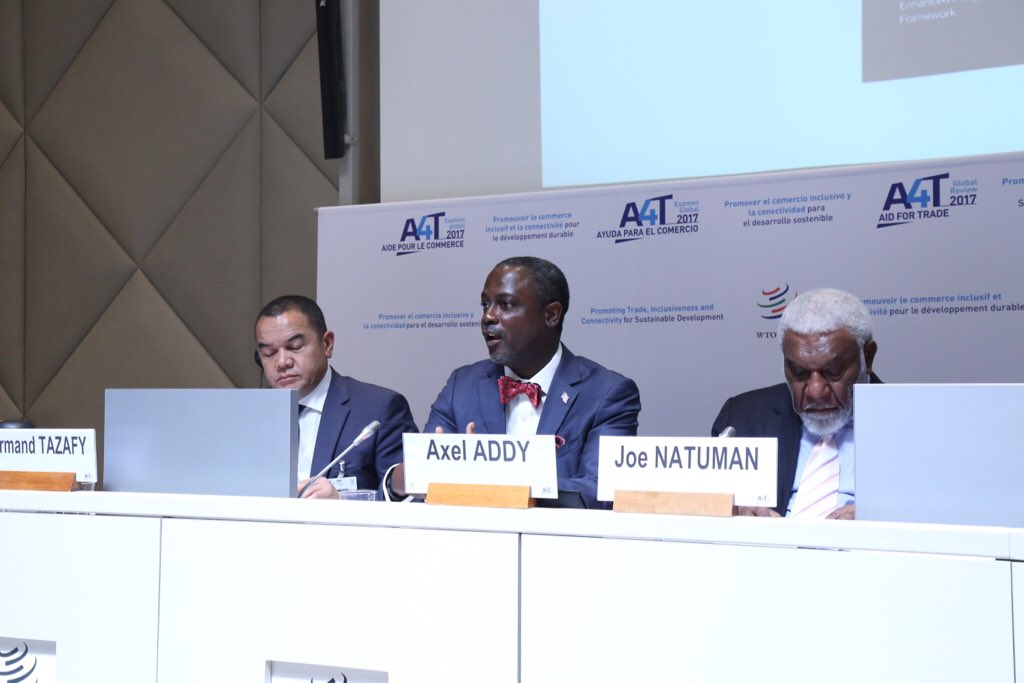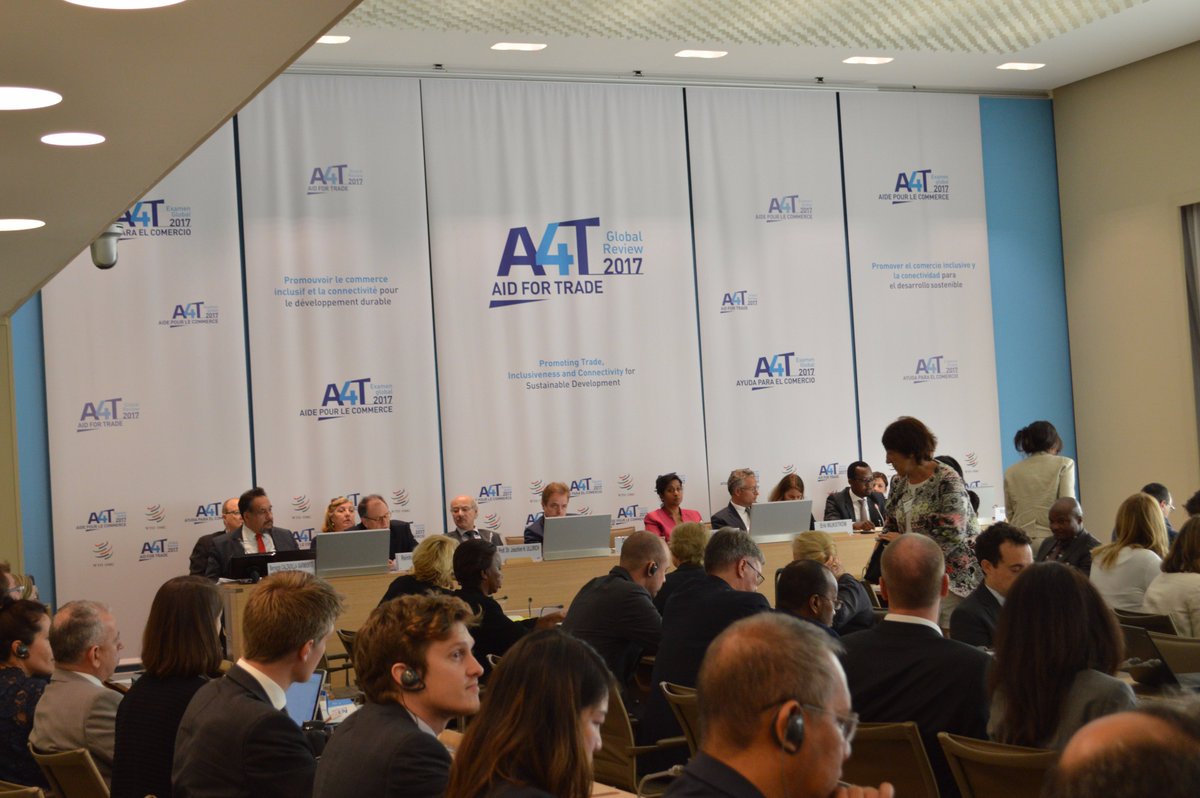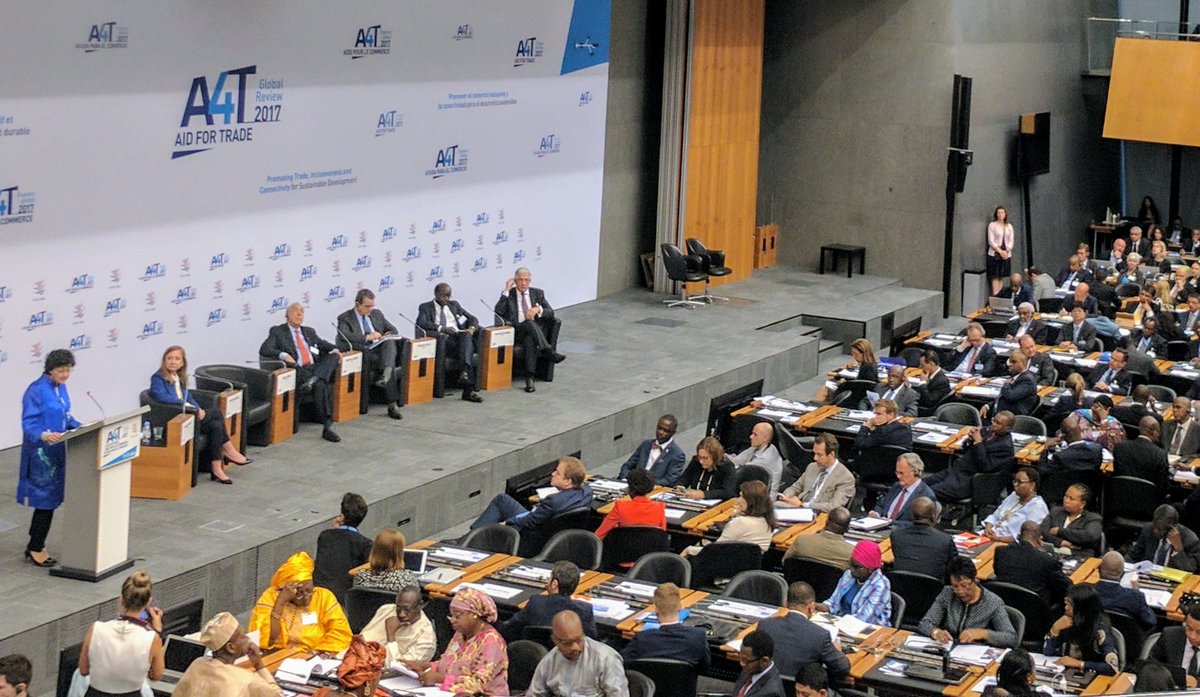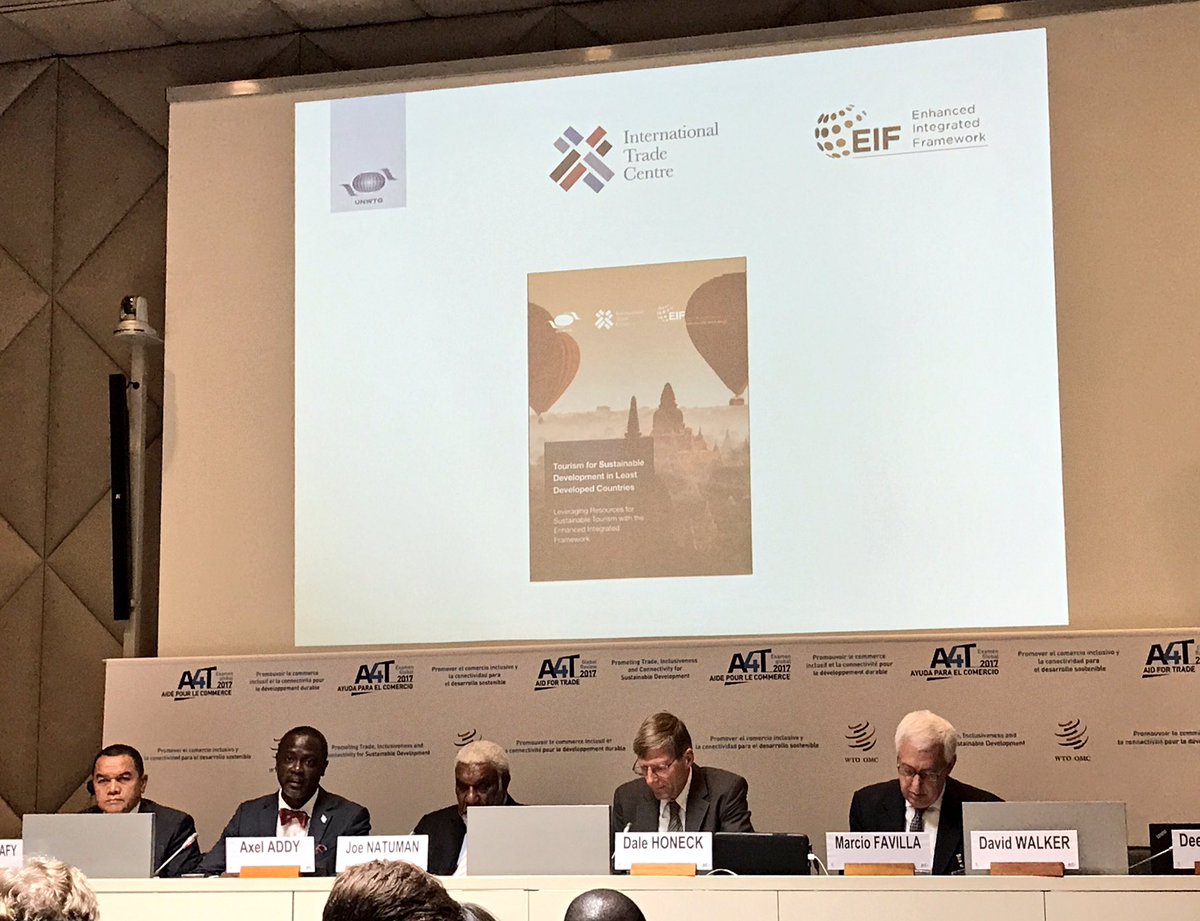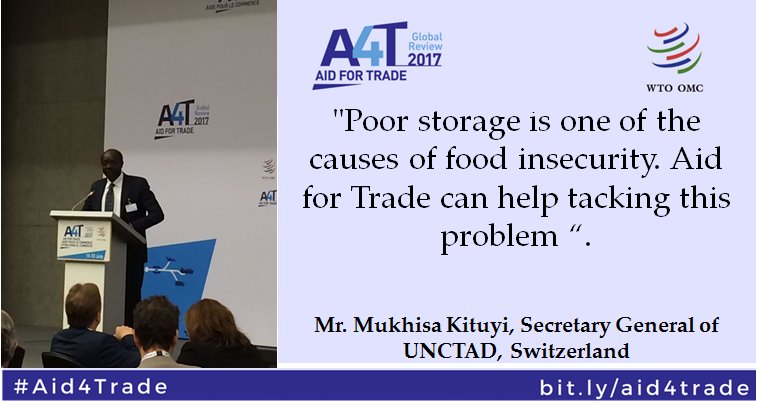and their contributions to on-the-ground development impact.
We have ... these are not publish data yet. These are just hot off the press from a sub sample. We are seeing that there is a statistically
. So there is a correlation with birth outcomes at the five percent level. We're still exploring the data, but this is one of the füst prospective findings that we can ... as opposed to cross sectional ... that we can report on this. So I think it really linked the agriculture and food systems issues around aflatoxin with the human concerns. And we need to find ways to address this, as a human problem in relation to nutrition.
Jumping to
Uganda, we also have found that infants in Uganda from mothers who had both ... were both HIV positive and hire rates of aflatoxin, had significantly lower rate of Aids or stunting, higher stunting, than those who were born of women who were HIV negative. So there's something here linking the food coming from the field, stored, with what certain categories of women consume, and their own health and behavior, and then the outcomes and the stunting of their children. This means we need t
o be very careful about what we do in promoting certain kinds of crops. We need to be very careful about farm management and storage.
So even if there are more nutritious crops available, or animal source foods available,
we need to better understand how vulnerable populations eat those kinds of foods, and how their bodies absorb or not, the kinds of foods to achieve the kinds of results we want to see. Lower stunting, lower anemia, lower, higher MUAC BMI for women. This matters immensely for all of the goals of the global food security strategy.
 Peter Goldsmith
University of Illinois - Feed the Future Soybean Innovation Lab
I will provide a brief overview of the Soybean Innovation Lab. But really my focus is how SIL's an expression of the feed the future and the global food security strategies. (...) The labs are about research for development. How the research and the expertise that we have at the universities can be relevant and improve development outcomes.
Peter Goldsmith
University of Illinois - Feed the Future Soybean Innovation Lab
I will provide a brief overview of the Soybean Innovation Lab. But really my focus is how SIL's an expression of the feed the future and the global food security strategies. (...) The labs are about research for development. How the research and the expertise that we have at the universities can be relevant and improve development outcomes.
The innovation lab, SIL, is in its fourth year. University of Illinois is the lead. We're parrnered with Mississippi State University, University of Missouri, and the International Institute for Tropical Ag in Ibadan. What we do, our mission is to establish a foundation for soybean development in the developing world, principally Africa. So we provide technical knowledge, and associated, appropriate technologies to make successful those trying to develop soybean in emerging markets. So we don't work with farmers, we work with researchers, extensionists, the private sector, contractors, NGOs, who, of course, many of whom are working with farmers, helping them be successful.
Our scope, we focus on the soybean value chain. So we focus from inputs, inoculum, and so forth, ail the way through livestock and human nutrition. We started out when we initiated the project in flve countries. We're now in 13 countries, working in partnership with the private sector, with contractors, USAID mission contractors, local NGOs, et cetera.
"The upper left graf just shows that soybean has been the fastest growing crop the last 20 years, about a third faster than the next crop, which is rape canola. So there's tremendous interest. The right hand sde, the map is a lot of soybean development in Latin America, and a lot of work has shown that there's great potential for soy in Africa, as well. And then the below slide is some price data that we work with in Ghana, just showing the strength of prices in Africa. The prices are very strong. That deep red line is the price in Chicago, and the other lines are local prices in Ghana. So prices are very good. So demand is very good. And this caused back, a number of years ago, a lot of interest in using soy as a development mechanism, to drive economic development, to reduce poverty and reduce malnutrition.
We deliver very applied research. We're not about publications. We're about servicing the needs of our practitioner clients who are trying to develop soybean, whether they be a researcher at a NAR, as an extensionist, or private sector firm. And we value the disciplines. We have plant breeders, we have nutritionists, we have economists, we have anthropologists, working with disciplinary strength in a multidisciplinary setting. So we cluster activities, and we think this is very important. You don't just pop in and pop out in lots oflocations.
When you introduce a crop like soybean, which is very different from a native staple, it is going to have significant disruptive effects on the social fabric of, whether it be the household, the household economy, communities, because markets are so important. T echnology is transferred from private sector, and as well as extensionists, which are male dominated. Mechanization becomes important because scale is necessary for small holders to compete. And women's integration with mechanization is not well understood. So this, introducing a commercial crop, soybean, is normatively very different than working with native staples. And that's what Dr. Ragsdale, her body of work, and her collaboration, and her partnership is meant to guide practitioners and help them achieve gender balance, and be gender sensitive because soy is not a traditional crop, and well understood, especially from a social or anthropological sense.
We're currently engaged in Northern Ghana and in Ethiopia is a question about soil PH. Soybean is very sensitive to low PH and little work has been done around the development community in terms of first soil testing, which is so critical for tropical soybean, and then soil correction, and the challenge is correcting these soils using lime. Lime is very bulky, not very expensive but very bulky, and a logistical challenge for small holders.
There's a
Swiss company called Omya that has developed a prill, a very small
micrograined form of lime called Calciprill, and they have not applied it or tested it in a developing country setting. We brought that product in working with the private sector, but you don't want to just go immediately to farmer trials or demo plots. You want to have good evidence. This is what Feed the Future and Global Food Strategy based on evidence is asking us to do, provide some formal evidence to guide companies like Omya. So we partner with them on our smart farms in
Ghana and Ethiopia. We are now trialing this Calciprill product as a solution for small holders.
 Dena Bunnel
Kansas State University - Feed the Future Innovation Lab for Post-Harvest Loss
The Post-Harvest Loss Innovation Lab is based at Kansas State University, although we are a robust consortium of US based and universities and organizations in the countries in which we work. And, as I mentioned, we focus on stored crops, grains, legumes, seeds, et cetera. And we have ... our key technical areas are in drying, storage, and mycotoxin assessments. And a big component of that is moisture measurement, as well. And in addition we have cross cutting, topics in capacity building, really focusing on the human institutional capacity building in the countries in which we're working. To date, we have worked with 19 graduate students in the local universities in the countries where we work, as well as here in the United States, here at K State, as well as Oklahoma State, University of Nebraska.
Dena Bunnel
Kansas State University - Feed the Future Innovation Lab for Post-Harvest Loss
The Post-Harvest Loss Innovation Lab is based at Kansas State University, although we are a robust consortium of US based and universities and organizations in the countries in which we work. And, as I mentioned, we focus on stored crops, grains, legumes, seeds, et cetera. And we have ... our key technical areas are in drying, storage, and mycotoxin assessments. And a big component of that is moisture measurement, as well. And in addition we have cross cutting, topics in capacity building, really focusing on the human institutional capacity building in the countries in which we're working. To date, we have worked with 19 graduate students in the local universities in the countries where we work, as well as here in the United States, here at K State, as well as Oklahoma State, University of Nebraska.
Our four core countries that span the link of our five year project are
Guatemala, Ghana, Ethiopia, and Bangladesh. ln addition to that, we had a buy in project that has been ended in Afghanistan where we did a mycotoxin assessment on wheat, raisins and tree nuts And we just recently started new projects in Nepal and Honduras, where we're doing
mycotoxin assessments there, as well.
ln
Ghana, we have the
solar-biomass dryer that l mentioned. lt's a greenhouse type set up, and it actually uses solar to dry and disinfect the grain. And when solar's not available, it has a biomass furnace as well.
Aflatoxin is a major threat to food and nutritional security, and one of which the impacts of are becoming better known. But a lot of research still needs to be done. And so,
mycotoxins ... which aflatoxin is the most well known, of course ... are fungal metabolites. It's estimated that they can impact up to 25 percent of the global food supply. So the problem is vast. Tt is ... chronic exposure has been causal linked to cancer, and correlated linked to stunting and amino suppression. And acute exposure can even lead to death. And it has a huge impact on agriculture health trade and environment. And worst of ail, when it cornes to
aflatoxins, is that they're often undetectable, or invisible to the naked eye, which makes both the detection and the education piece surrounding mycotoxin particularly challenging. And, in addition to that, some of our work that we've done ... in
Guatemala, for example ...
One of the areas in which we're really trying to lead the way in this
mycotoxin detection and mapping is through our new project that we're starting in
Nepal, and through which we're collaborating with a variety of partners, including the Nutrition Innovation Lab, and then also the Mars Global Food Safety Lab, which is located in China, and really working with them on enhancing the capacity of our national partners to better detect and analyze mycotoxins in the food supply. And so, this project will be assessing aflatoxins in nuts, spices, dried chilies, as well as wheat and maize and peanuts.
And so it really is covering a vast portion of the food supply, as well as
livestock feed in Nepal, and seeking to characterize ... identify the issues, characterize the fungal toxins that are present, and then, most importantly, really seeking to corne up with short, medium, and long term intervention strategies. And so, once we have identified the problem, really tal(ing that next step in this process, of what do we do now? How do we protect the most vulnerable? ln what ways can we not just reduce the level of aflatoxin, but looking at things like, what are alternative uses that we can have for these products, where we may never get aflatoxins completely out of the food supply. But if we can And a way to repurpose those in a way that reduces the danger for human consumption, what are some of those avenues in which we can do that?

 13 July 2017. The Livestock Global Alliance International has partnered with Agri-Food Network and a number of organizations hosted an Agriculture and Food Day to Implement the Sustainable Development Goals. The event raised awareness about the critical need for investment in SDG 2 on ending hunger and its interlinkages with the other SDGs under focus during the High Level Political Forum.
13 July 2017. The Livestock Global Alliance International has partnered with Agri-Food Network and a number of organizations hosted an Agriculture and Food Day to Implement the Sustainable Development Goals. The event raised awareness about the critical need for investment in SDG 2 on ending hunger and its interlinkages with the other SDGs under focus during the High Level Political Forum.“Despite advances, stunting in children has risen over 20 percent since 1990 in Africa. Mmalnutrition results in an 11 percent loss in GDP each year. Additionally, the sector is the second largest emitter of global greenhouse gas emissions and the largest driver of deforestation, making agriculture one of the top contributors to climate change and biodiversity loss. At the same time, youth globally are turning away from agriculture, just as the world needs to set its sights on doubling food production over the next three decades. Yemi Akinbamijo, executive director of the Forum for Agricultural Research in Africa.





